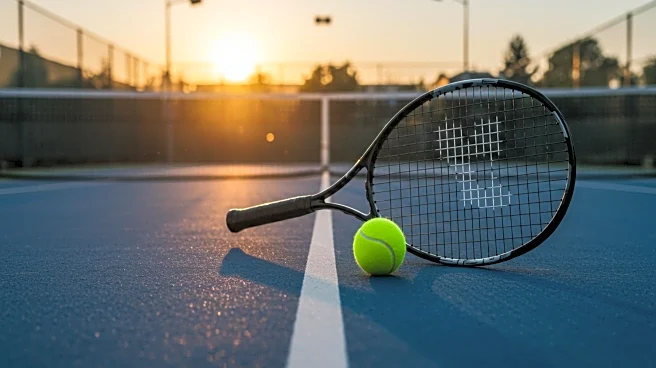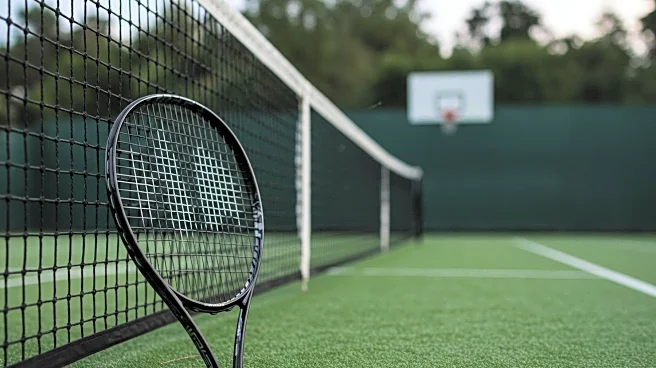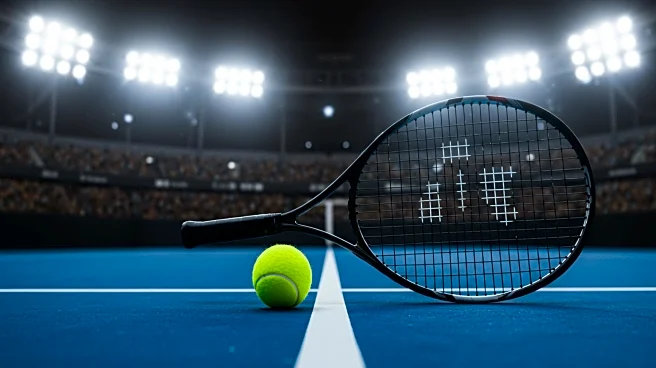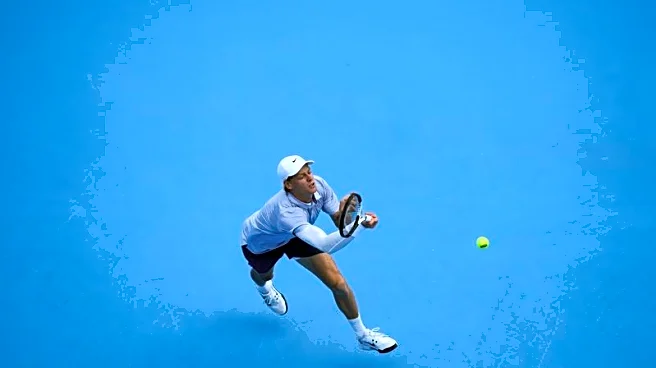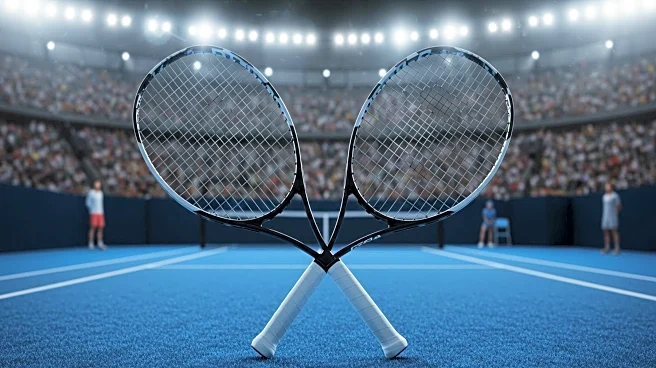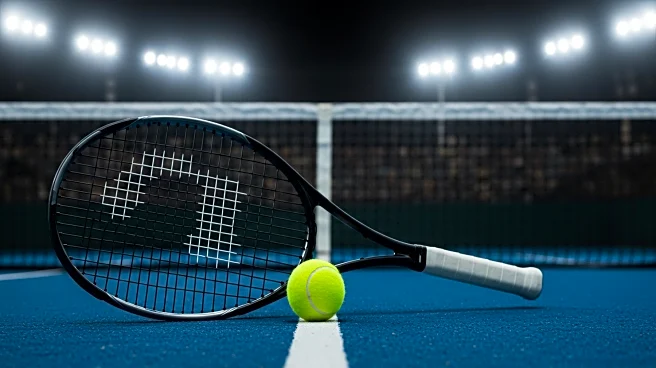What is the story about?
What's Happening?
Matteo Berrettini, a prominent Italian tennis player and Wimbledon finalist, has announced his withdrawal from the US Open 2025. This decision follows his earlier withdrawals from tournaments in Toronto and Cincinnati. Berrettini, currently ranked 59th in the world, last competed on June 30, where he was defeated in the first round at Wimbledon by Poland's Kamil Majchrzak. The US Open is set to take place from August 24 to September 9, and Berrettini's absence marks a significant change in the lineup. His withdrawal comes after a series of missed tournaments, raising questions about his current form and fitness.
Why It's Important?
Berrettini's withdrawal from the US Open is significant for several reasons. As a former Wimbledon finalist, his presence in major tournaments is often anticipated by fans and competitors alike. His absence could impact the dynamics of the competition, potentially altering the chances for other players. Additionally, Berrettini's decision highlights the challenges athletes face in maintaining peak performance and health. For the US Open, one of the four Grand Slam tournaments, the absence of a high-profile player like Berrettini could affect viewership and fan engagement, as well as the competitive landscape of the event.
What's Next?
With Berrettini out of the US Open, attention may shift to other players who could capitalize on his absence. The tournament will proceed with its scheduled dates, and fans will be watching closely to see how the competition unfolds without Berrettini. Other Italian players, such as Jannik Sinner, who won the tournament in 2024, may step into the spotlight. The focus will also be on Berrettini's recovery and future participation in upcoming tournaments, as his recent withdrawals suggest ongoing issues that need to be addressed.
Beyond the Headlines
Berrettini's withdrawal underscores the physical and mental demands placed on professional athletes. It raises questions about the sustainability of their careers and the pressures they face to perform consistently at high levels. This situation may prompt discussions within the tennis community about player health, scheduling, and support systems to ensure athletes can compete without compromising their well-being.
AI Generated Content
Do you find this article useful?
